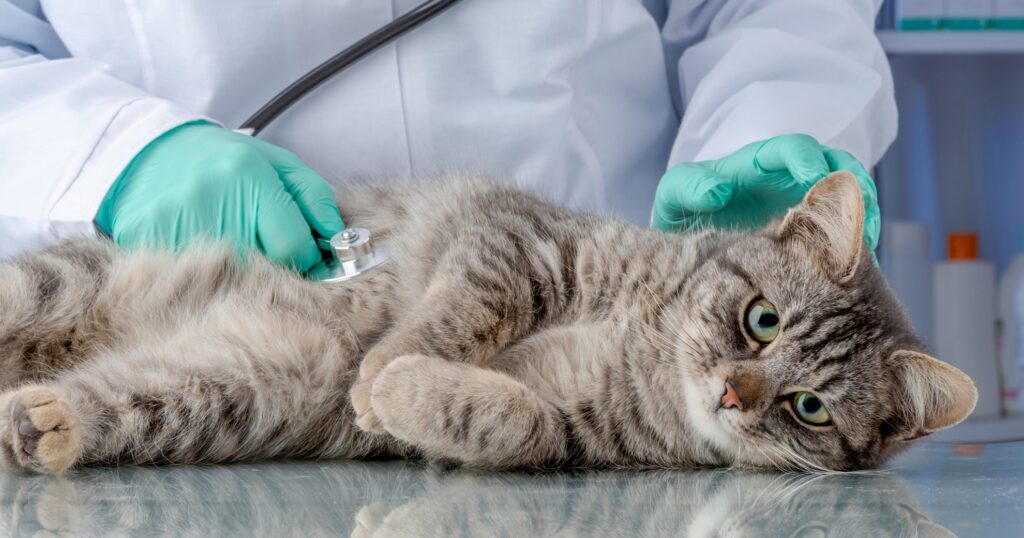Cancer in cats is a serious health concern that many pet owners face. Knowing the common types of cancers that affect cats, recognizing the signs, and seeking timely veterinary care can make a significant difference in the health and well-being of your feline friend. Here, we explore the most common types of cancers found in cats and the symptoms to watch for.
01. Lymphoma
Lymphoma is the most common type of cancer in cats, affecting the lymphatic system. It can appear in various forms, such as:
- Multicentric Lymphoma: Involves multiple lymph nodes throughout the body.
- Mediastinal Lymphoma: Found in the chest, often in younger cats, particularly those with feline leukemia virus (FeLV).
- Alimentary Lymphoma: Affects the gastrointestinal tract, causing symptoms like vomiting, diarrhea, and weight loss.
02. Squamous Cell Carcinoma (SCC)
Squamous Cell Carcinoma is a type of skin cancer commonly seen in cats, especially those with white or light-colored fur. It typically affects areas with less hair, such as the nose, ears, and eyelids. Cats with prolonged exposure to sunlight are at higher risk for SCC.
03. Mammary Gland Tumors
Mammary Gland Tumors are the third most common cancer in cats, primarily affecting older female cats, particularly those that are not spayed or were spayed later in life. These tumors can be benign or malignant, with the latter often spreading to other parts of the body.
04. Fibrosarcoma
Fibrosarcoma is a type of soft tissue sarcoma originating from the fibrous connective tissues. This cancer is often associated with injection sites, earning the name “injection-site sarcoma.” It can be aggressive and may recur after surgical removal.
05. Oral Cancer
Oral Cancer, usually presenting as squamous cell carcinoma, can occur in the mouth of cats. Symptoms include drooling, difficulty eating, bad breath, and visible masses or sores in the mouth. Early detection and treatment are essential for managing this type of cancer.
06. Mast Cell Tumors
Mast Cell Tumors are less common in cats compared to dogs. They can occur on the skin or internally, such as in the spleen or intestines. Skin mast cell tumors are typically benign, whereas internal ones can be more aggressive.
Recognizing the Signs of Cancer in Cats
Early detection is crucial for the successful treatment of cancer in cats. Here are some common signs to watch for:
- Unexplained weight loss
- Lumps or bumps that grow over time
- Changes in appetite or eating habits
- Persistent vomiting or diarrhea
- Difficulty breathing or coughing
- Changes in behavior or lethargy
- Sores that do not heal
Conclusion
Understanding the common types of cancers in cats and recognizing the early signs can help you seek prompt veterinary care, improving the chances of successful treatment. Regular check-ups, maintaining a healthy lifestyle, and staying vigilant about any changes in your cat’s health are vital. If you notice any unusual symptoms or behaviors, consult your veterinarian for a thorough evaluation. Early diagnosis and treatment are key to managing cancer in cats and ensuring a better quality of life for your feline companion.
Stay Informed, Stay Prepared
Caring for a cat involves being aware of the potential health risks they face. By staying informed about common cancers and their symptoms, you can ensure your cat receives the best possible care. Remember, your vigilance and prompt action can make a significant difference in your cat’s life.
